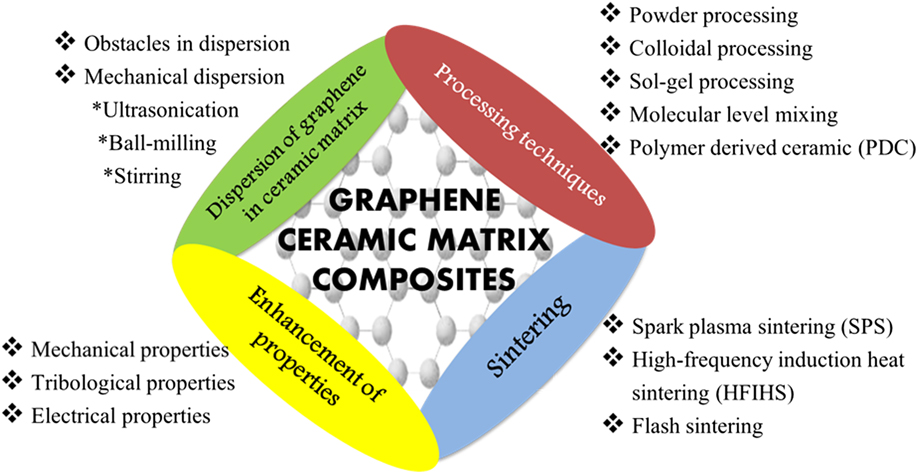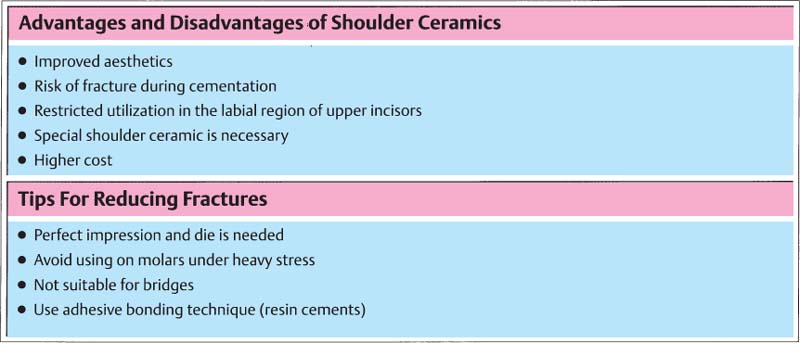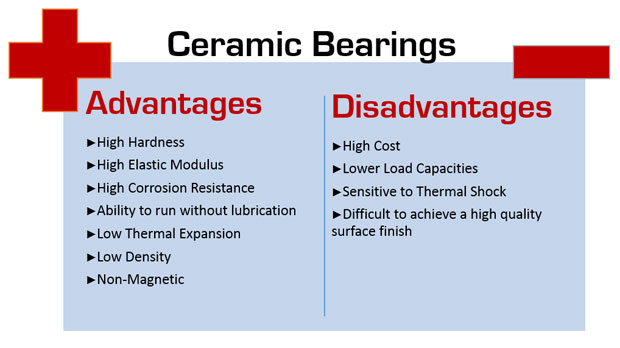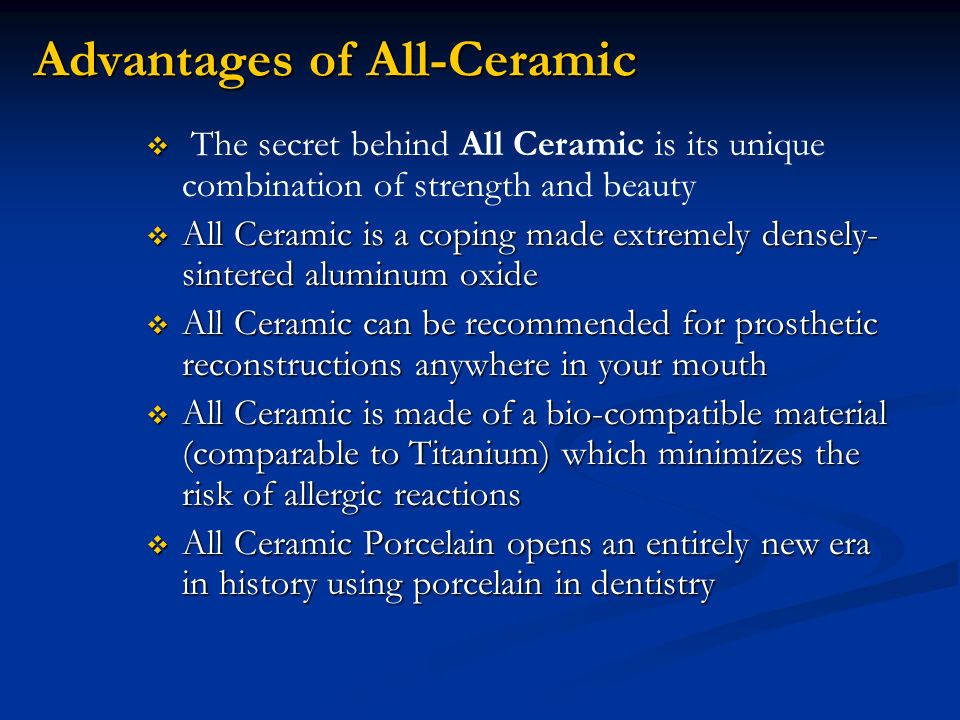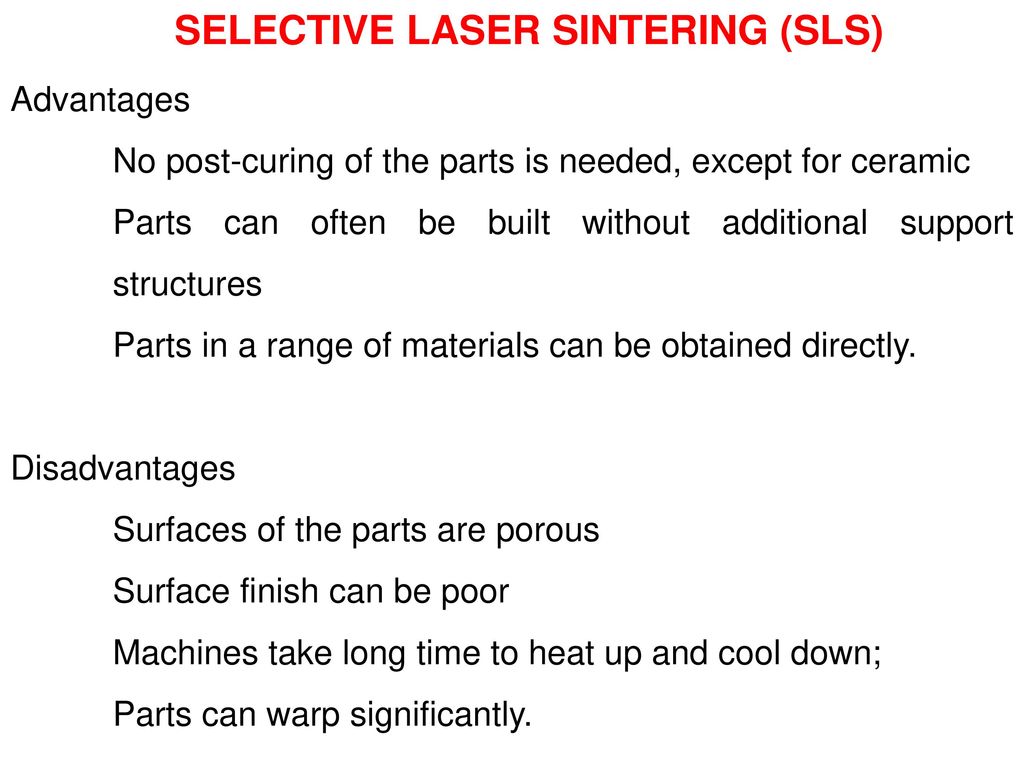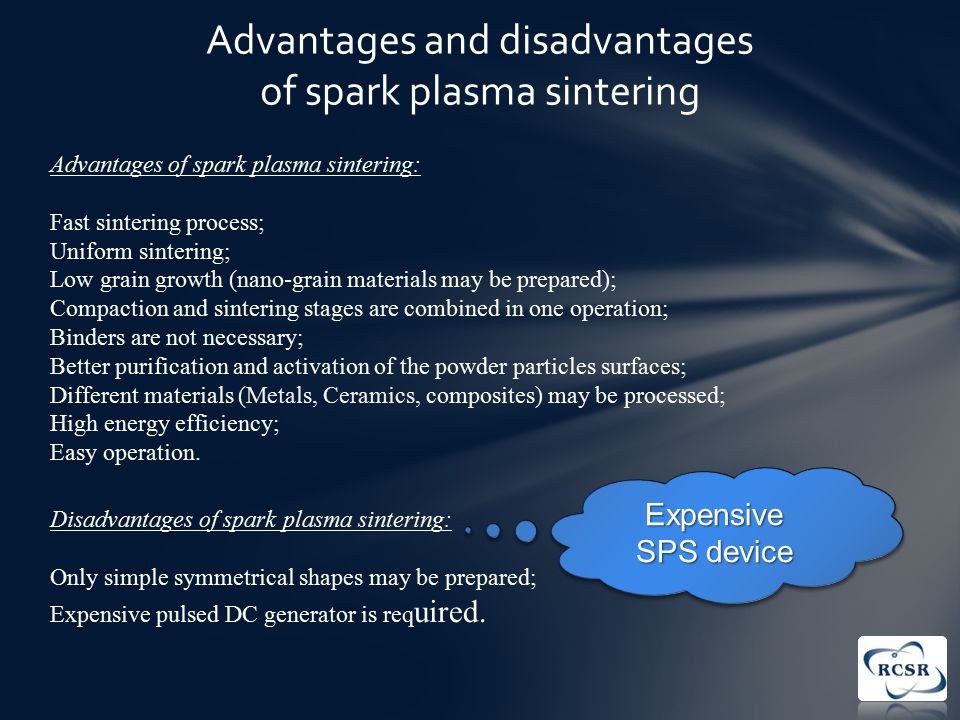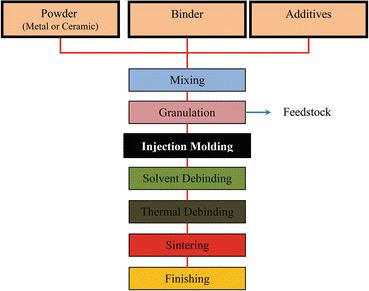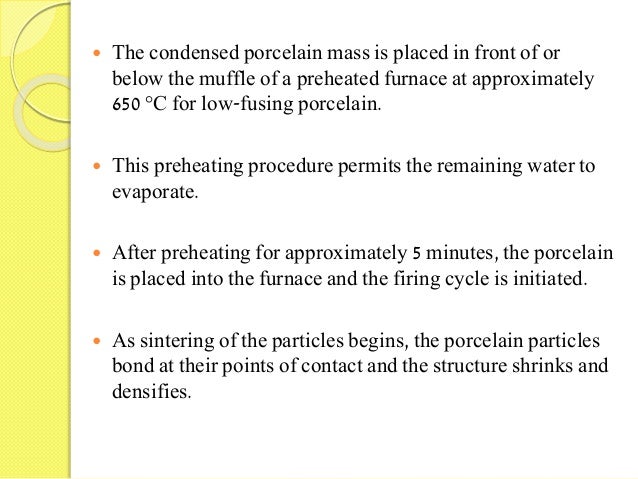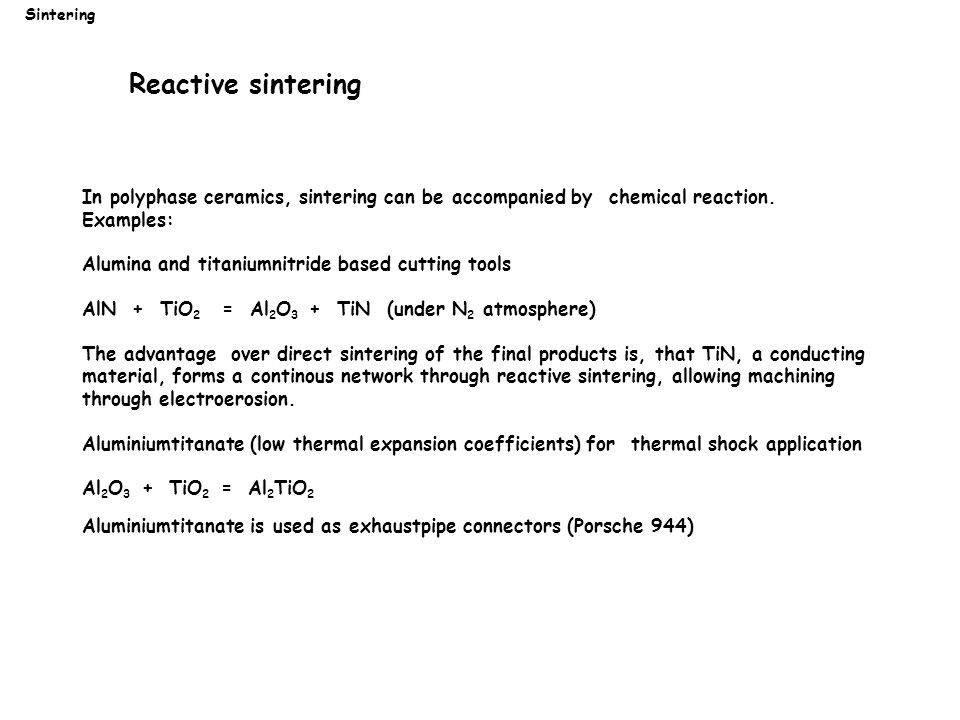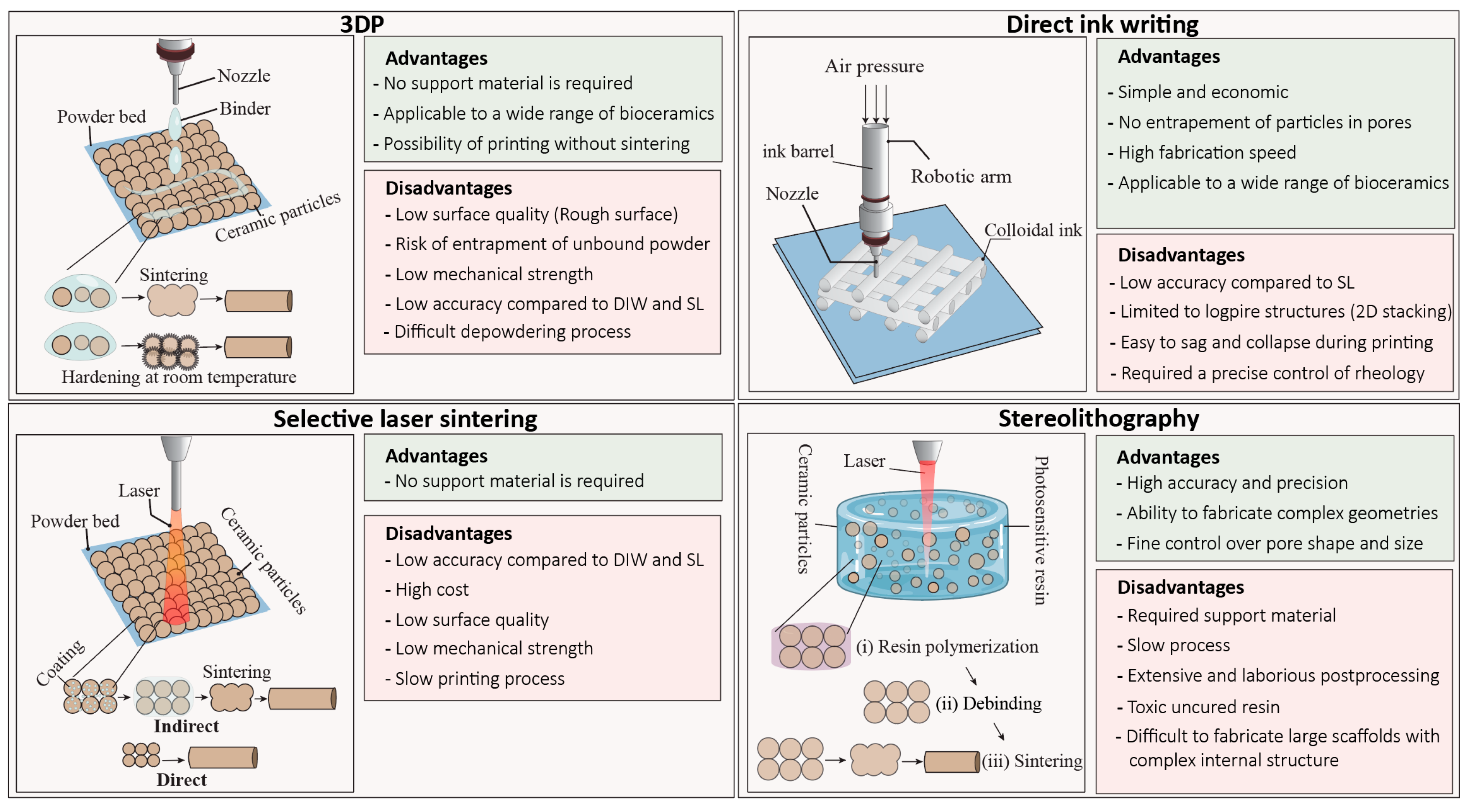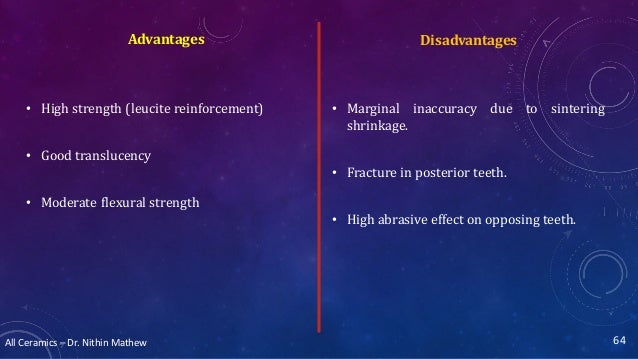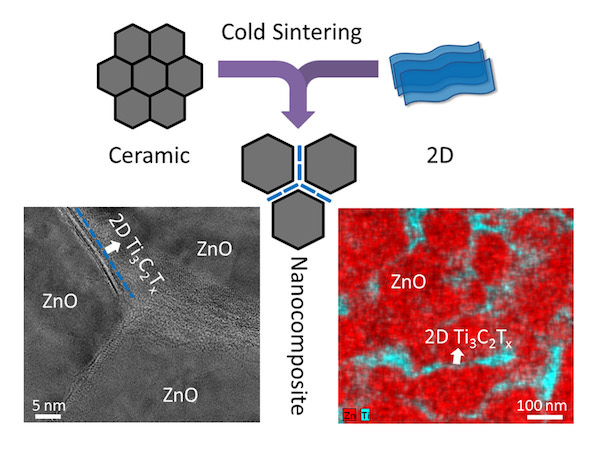Sintering allows to obtain complex shapes directly from the compacting tooling without any machining operation like teeth splines profiles frontal geometries etc.
Ceramic sintering advantages.
Sintering is a ubiquitous processing step for manufacturing ceramics for a diverse set of applications.
Ceramic is a polymer coated silicon carbide sic powder that provides exceptional dimensional accuracy because only 20 by volume of the powder is sintered.
While commonly related to powder processing of ceramic parts its important roles in other processes such as additive manufacturing nanotechnology and thin films are less commonly discussed.
High wear heat pressure and chemical attack resistance gas and liquids.
The general properties of ceramic material present the following advantages.
The part once created with an sls machine is then fired in a kiln and only the ceramic part survives.
Stability in the process of big series.
Sintering or frittage is the process of compacting and forming a solid mass of material by heat or pressure without melting it to the point of liquefaction.
Sintering happens naturally in mineral deposits or as a manufacturing process used with metals ceramics plastics and other materials the atoms in the materials diffuse across the boundaries of the particles fusing the particles.
Calcium hydroxyapatite is a material very similar to what makes up your bones.
Cost economy compared with other processes.
